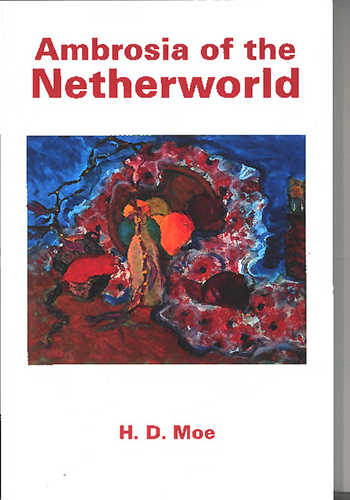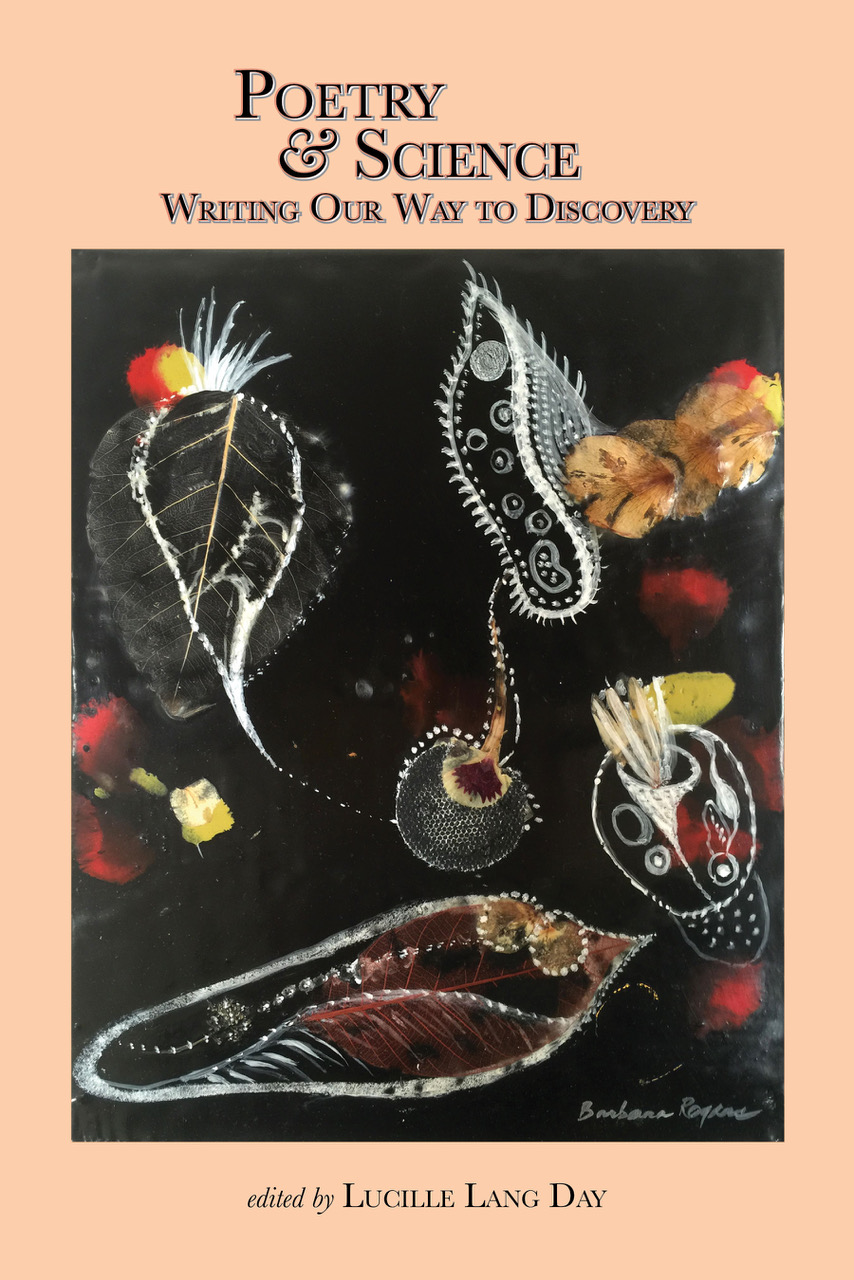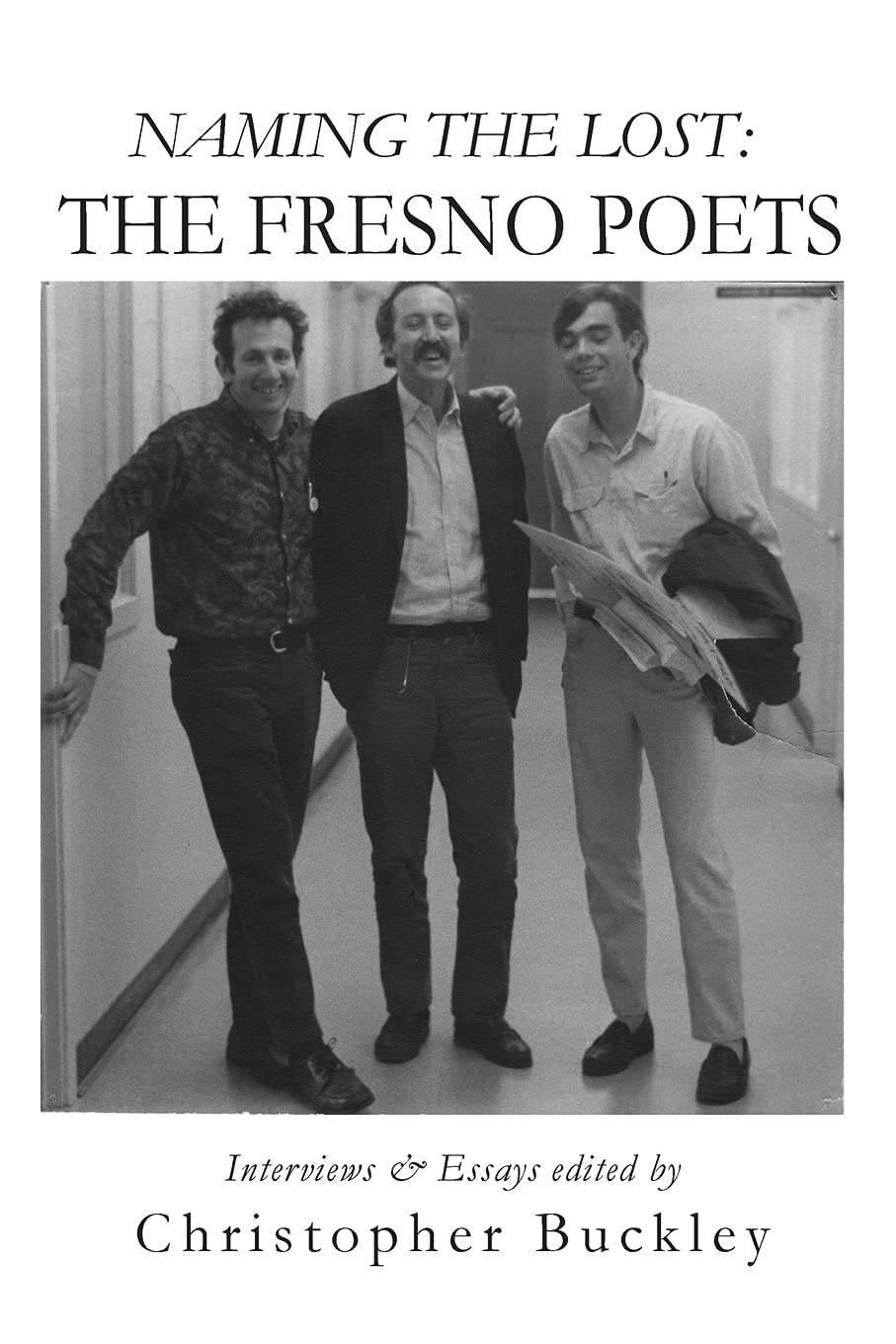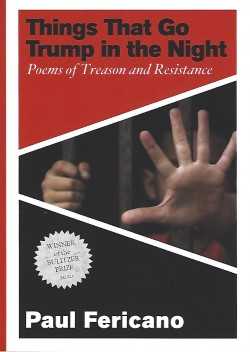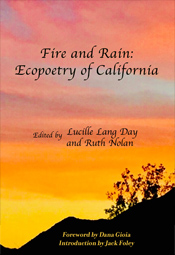
Who Has the Body?
A Poetic Series by Donna de la Perrière
by Sharon Coleman
True Crime, by Donna de la Perrière, Talisman House, Publishers, Jersey City, New Jersey, 2009, 66 pages, $13.95 paperback. Saint Erasure, by Donna de la Perrière, Talisman House, Publishers, Greenfield, Massachusetts, 2010, 63 pages, $13.95 paperback. Both available at Small Press Distribution, www.spdbooks.org.
Donna de la Perrière's rapid succession of book-length works—first True Crime and then Saint Erasure—presents readers with two extraordinary and very different collections of what might be read as the same poetic series. Each revolves around the question of body—Who has it? What marks it? Why does it always surpass measure? —and traces the how of its constrictions and flights. Yet each follows a different but complementary trajectory.
True Crime is set in the stillbirth of a New South: little changes, but when it does, it's usually for the worse. And bodies bear irrevocable marks of violence and crime. The body also appears as an object-text of attempted readings—by police, psychiatrists, forensic pathologists, family. Saint Erasure begins post-disaster, in extremis, in depression, in psychosis, where the body, in its imagined forms, becomes a locus of transformation. This book is not set in one place but in the push and pull of the body scientifically observed and subjectively experienced, between imaginings sometimes pathological, sometimes sacred—and surpasses even that. The body as portal to the metaphysical.
The movement towards this shift—from physical to metaphysical—appears in the first poem of True Crime, "The Great and Secret Show," which, with the image of a body laid out for an autopsy, renders reading an impossible exercise of forensic pathology. Our reading, over time, brings us something else:
a ceiling fan cools the room
the body's eyes are flat and milkshot
head propped on a wooded block
all afternoon they watch it, just here, just like this
waiting in the body's secret as if it were a shadow
Throughout True Crime, this shift is problematic, pulled one way then the other by ghosts, memories, drunkenness, suicides, crimes of bodily harm. De la Perrière offers windows into the "crimes" via short narratives and narrative fragments often in prose poems. Whether written as news reports, rumor, self-disclosure or half-legible tombstones in a neglected cemetery, these narratives reveal a deep-rooted distress in remembering and an almost impossible understanding. The poems grapple with a South so haunted that the transition from a past "grandeur" to simple justice cannot occur. Perhaps core to this sense is the murder of a grandfather, a lawyer, by a rich man's son, that never went to trial. The lack of trial—justice—becomes a family's trial or troubles. Misfortune multiplies as the true nature of crimes exceeds us and is us.
What is most captivating in the reading and re-reading and is an extraordinary contribution to contemporary American poetry is how de la Perrière forges a poetics both rigorously experimental and poignant. For me, this is innovative poetry at its best: not an exercise in linguistics and perception simply for the sake of novelty but the use of innovative poetics to explore, grapple with (re)presentation and knowledge of core experience. De la Perrière's is a terse, precise poetics—whether a lineated or prose poem—that centers on stark statements of fact, observation, history as well as the stark absence of a pattern—a woven structure—that holds them neatly and comprehensively together. No intricate fabric of representation, no shroud of words to bury the dead. As in "Penelope at the Wheel," the poetics embodies the starts and sudden stops, weaving and unweaving of meaning:
as if were to say
as if to say never the way out, she said
as if all night were spent unspinning
a relocation of fragments
spinning down until: "it just kept
happening, and we were driving, and"
never actually said stop
inexplicable or explicated wrongly
she fell backward collected
words until spinning down became print
wheel pressure collected words until
currents troubled a lever said "we
just kept driving"
As True Crime is so much about troubled but urgent remembering, Saint Erasure traces similarly troubled but urgent forgetting. The body is less the locus of crime than of an altering and transformation of organs to allow a spiritual shift, a shift the collection traces with a disturbing ambivalence.
Often the shifting body is viewed from the outside through many narrative threads of historic cases of mass hysteria or individual psychosis in which women experienced their bodies impossibly altering. There are women who believe parts of their bodies are glass or cork. Hands become wings; heads, too heavy to support. Far from romanticizing these imaginings, Saint Erasure focuses on how they're produced by the popular literature or, in the case of Ursuline nuns of Loudun, France, by social/political struggles. The poem "Dictionary of the Visible" lays out a stark and rational decoding of the context and understanding of the "demonic" possession:
the possession begins in the divided city
(late September, 1632)
divided because of clans, personal rivalries, fermenting quietly
the surface upon which meaning soon will become phenomena
("I was the prime cause of my own turmoil")
the precursor of a gaze insolently installed in a window—
the sisters whirling and whirling in the courtyard—
possession becomes the story of organs;
for melancholy: the foot, the sexual organs, pollen
anything foetid or dank, anything difficult to control—
replacing them with a series of different or combined gestures,
the visible body becomes the contradictory movements of a history,
the visible body becomes a legible story,
a hand whose varied poses constitute a vocabulary
Loudun becomes essential when it become observed—
Spring of 1634: the battle grows obsessive, baroque
the head is a deception (sky articulated in the skull)
things are words, words are things: the litany of the body
in a sense it was something outside the common language:
the I as topography, the I as unstoppable
With this possession, whether by demons or by psychosis, as a realm in which a feminine "I" can articulate itself (the articulation of demon-possession carried quite a bit of social power for women they normally would not have), it's no wonder that this poetic series begins and ends and is mostly carried by views of the inside, a view often expressed in fragments, where hearts escape the chest or skin slips or a voice or worn skin at the back of the throat turns into a hole, when the transformation is spiritual rather than pathological.
Perhaps central to this inside view for this series are the hands, as they appear in many of the poems. In "Still Life (Shirley in the House)," hands are the only part of the body that orients the self and, thus, subsumes the self: "in her room she can move around only by touch, her hand peeling the surface down each of the walls…she appears smaller on the surface of each hand moving south" (page 16). Their loss causes panic in "Occupational Marks and Other Signs": "when you wake the/ weight on your chest on your hands keeps you from moving you/ cannot feel your hands and you want them back because you need/ your hands" (page 34). In "Just Like You Said It Would Be (Russian Madonna, 1405)," hands are the focal point of transformation:
and in the particled shadow
of her hands
and curling from
(garments from the opening
sleeve (hand to wrist
wrist to finger near but
not touching)
and as boats open out
toward an opening horizon
(as in your face as in your hands)
(as in the last time I saw your
hands) (as in the darkness between us)
at night the whole house glints
of moon trees lean out over
the whole land we burned
them out ourselves we made fire
a hollow a space (where the body goes)
a furious and punctuated
equilibrium which is to say
the point at which everything changes.
A reader steeped in postmodern thought cannot help but recall French philosophers Deleuze and Guattari's Body Without Organs, a virtual body that's "deterritorialized" from the social functions of actual bodies so it can move into planes of creative intensities. It's a body freed from restrictive economies/organizations that can move into various flows of intensity. The reader is caught in the psychic drama of this deterritorialization and flights of the bodies. Indeed, the last long poem in Saint Erasure, "From the Root Word Meaning ‘To Go'" traces the liberation to a "new body," a nomadic body. Yet this new body, like the New South of True Crime, still has not resolved the old, nor does it seem able to be maintained. But this is its ephemeral beauty. Always just out of hand's reach, de la Perrière's visions of the body's metaphysical metamorphosis transcends Deleuze and Guattari's mechanistic philosophy.
Finally, once one has read each book separately, I suggest reading between the books—so many connections to draw, many lines and poems that echo between the books and in the in between of language. Read the first poem of True Crime, "The Gr¬¬¬eat and Secret Show," then the last poem of Saint Erasure, "The world is everything that is the case." Read "Penelope at the Wheel" of True Crime, then the lyrical sequence "Occupational Marks and Other Signs" of Saint Erasure. Also read the poems aloud. Experience the intellectual, transformational pain and joy.![]()
Sharon Coleman is the author of Half Circle, poems. A contributing editor to Poetry Flash, she teaches at Berkeley City College, is a coordinator of the Lyrics & Dirges reading series at Pegasus Bookstore in Berkeley, and co-directs the Berkeley Poetry Festival.
— posted May 2014











































 So Far So Good: Final Poems, 2014-2018
So Far So Good: Final Poems, 2014-2018 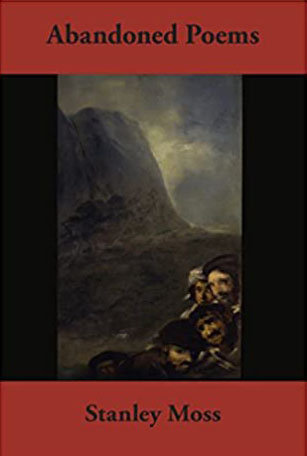 Abandoned Poems
Abandoned Poems 















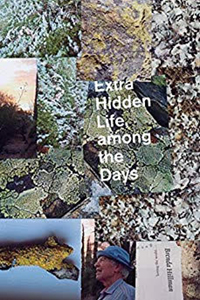 Mississippi
Mississippi 


















































